Can anyone give me physical examples of the earliest really big European two-handers we have in museums or private collections today? I'm particularly interested in any with blades over 200 cm. Bearing swords are also ok but I'm mainly interested in real fighting weapons.
J
I don't believe you are going to find fighting weapons with blades longer than 120cm-130cm.
Ok thanks. Apparently there were swords in Japan at 210 cm so I was wondering if there was a European equivalent. I thought some of the zweihanders had blades close to that long, but I guess really only bearing swords ever got that big.
J
J
I know of only one 2-hander with a blade over 200cm (blade 205 cm, overall 270 cm) and this bearing sword seems to be the largest European sword extant. It is marked with the emblems of Mathias Corvinus, king of Hungary 1458-90. It is now in Topkapi Palace, Istanbul, (T1/2621) having been captured by the Turks after the battle of Mohacs and occupation of Buda in 1526 by Suleiman the Magnificent. It weighs around 14-15 kg and could never have been wielded in battle. Luka is right - fighting 2-handers had blades 110-130 cm and weighed upto around 3-3.5 kg.
Neil
Neil
Thanks, I should have known, I get a little confused by metric to inches conversions
J
J
A little short of your specs, but there's the sword of Pier Gerlofs Donia. OAL is about 2.15m, about 7 foot. The blade is still shy of 2m though. Whether it is a fighting sword or not I cannot say; IIRC it weighs about 15lbs, but legend holds that the man himself was a ridiculously strong giant, so who knows!
[ Linked Image ]
Would be interesting if anyone had any insight to the true origins of this sword/if it seems capable of use and if it is really linked to the man.
[ Linked Image ]
Would be interesting if anyone had any insight to the true origins of this sword/if it seems capable of use and if it is really linked to the man.
the late 15th century zweihanders in their largest form reached just shy of 6ft, and these weghed around 3.5kg (manning imperial makes 2 different replicas )
your average 16th century scottish claymore was around 5ft of total length, same goes for the portuguese montante.
so fghting 2 handers were onger than 130cm but they wernt supremely common swords (most used pikes or pole arms those days)
your average 16th century scottish claymore was around 5ft of total length, same goes for the portuguese montante.
so fghting 2 handers were onger than 130cm but they wernt supremely common swords (most used pikes or pole arms those days)
I haven't seen within this forum any acknowledgement of where the first two handed swords developed from. most that I have been chasing after are from the mid 1500's. now there is a post that's been linked up here a few times, about northern European or Norse (using this term very loosely) two handed long swords. now they don't have a long blade, but - they are two handed. they are interesting when you see them.
Peter I look at the pic in your post and wonder, what came first the legend or the sword. :cool:
Peter I look at the pic in your post and wonder, what came first the legend or the sword. :cool:
Peter, I am most interested in the sword you have just posted. Can you tell me where it is now and any details about its origins and history, and who was Pier Gerlofs Donia? Many thanks.
Neil
Neil
Something I wonder also, Daniel!
Neil - I know little about it, but Piers Gerlofs Donia was a Frisian rebel known in the 15th-16th century. The story goes that members of a Landsknecht regiment (hired to suppress the civil war against the Habsburgs) raped his wife, burnt down his home and this inspired Pier to start his own rebellion.
I think Mel Gibson must have read that story . . .
Anyhoo, I know very little about it, but he would seem to be an interesting historical character, so perhaps I shall read more!
PS: Last I heard the sword was at the Fries Museum, in the Netherlands.
Neil - I know little about it, but Piers Gerlofs Donia was a Frisian rebel known in the 15th-16th century. The story goes that members of a Landsknecht regiment (hired to suppress the civil war against the Habsburgs) raped his wife, burnt down his home and this inspired Pier to start his own rebellion.
I think Mel Gibson must have read that story . . .
Anyhoo, I know very little about it, but he would seem to be an interesting historical character, so perhaps I shall read more!
PS: Last I heard the sword was at the Fries Museum, in the Netherlands.
This will be a bit off topic, as it's mainly focused on the subject about huge Japanese swords that was brought up.
Odachi 大太刀 (large tachi) is term commonly used when blade is over 90 cm in length.
There are few Odachi in Japan that have blade near or over 2 meters. (I'm at my parents for the holidays, and I might have bit more information in my books but can't access them now) Most of these swords are famous artifacts.
祢々切丸 - Nenekirimaru (Nambokucho 1332-1394)
Total length: 324 cm
Blade length: I've seen mention c. 215 cm
[ Linked Image ]
太郎丸 - Taroumaru (Kamakura period 1184 - 1332)
Total length: 262 cm
Blade length: 180 cm
Weight: 7,2 kg
[ Linked Image ]
志田の大太刀 - Shida no odachi (dated 1415)
Blade length: 220 cm
[ Linked Image ]
太郎太刀 - Taroutachi (It is described being sword Makara Naotaka used in 1570 at battle of Anegawa)
Blade length: 220 cm
Weight: 4,5 kg
[ Linked Image ]
Odachi made by 三家正吉 Sanie Masayoshi (dated 1843)
Blade length: 224 cm
[ Linked Image ]
備州長船法光 - Bishu Osafune Norimitsu (dated 1447)
Total length: 377 cm
Blade length: 227 cm
Weight: 14,5 kg
[ Linked Image ]
Odachi 大太刀 (large tachi) is term commonly used when blade is over 90 cm in length.
There are few Odachi in Japan that have blade near or over 2 meters. (I'm at my parents for the holidays, and I might have bit more information in my books but can't access them now) Most of these swords are famous artifacts.
祢々切丸 - Nenekirimaru (Nambokucho 1332-1394)
Total length: 324 cm
Blade length: I've seen mention c. 215 cm
[ Linked Image ]
太郎丸 - Taroumaru (Kamakura period 1184 - 1332)
Total length: 262 cm
Blade length: 180 cm
Weight: 7,2 kg
[ Linked Image ]
志田の大太刀 - Shida no odachi (dated 1415)
Blade length: 220 cm
[ Linked Image ]
太郎太刀 - Taroutachi (It is described being sword Makara Naotaka used in 1570 at battle of Anegawa)
Blade length: 220 cm
Weight: 4,5 kg
[ Linked Image ]
Odachi made by 三家正吉 Sanie Masayoshi (dated 1843)
Blade length: 224 cm
[ Linked Image ]
備州長船法光 - Bishu Osafune Norimitsu (dated 1447)
Total length: 377 cm
Blade length: 227 cm
Weight: 14,5 kg
[ Linked Image ]
Holy wow! Them's some big swords!
I would assume that they were not really battle swords? I can't imagine wielding a 30+lb sword! Given the traditional methods of Japanese swordmaking, though, I could see one of those being a very effective testament to the skill of a maker.
I would assume that they were not really battle swords? I can't imagine wielding a 30+lb sword! Given the traditional methods of Japanese swordmaking, though, I could see one of those being a very effective testament to the skill of a maker.
Most of the enormous Japanese swords posted above were not meant for battle. They were left as offerings in temples.
Thanks for posting the pictures Jussi. Those are some impressive swords!
| Neil Melville wrote: |
| Peter, I am most interested in the sword you have just posted. Can you tell me where it is now and any details about its origins and history, and who was Pier Gerlofs Donia? Many thanks.
Neil |
Hi Neil,
for great/grute Pier, please see
http://en.wikipedia.org/wiki/Pier_Gerlofs_Donia
the sword is in the Fries Museum. Collection Fries Museum Inv. Nr. H 185-C
alloverlength 213cm weight 6.6 KG
there are some similarities with the RA swords.
best,
jasper
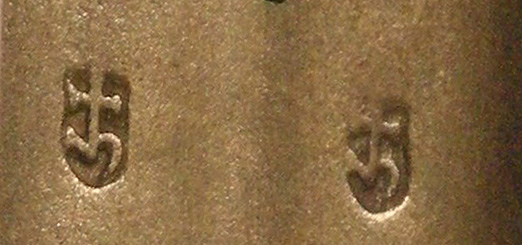
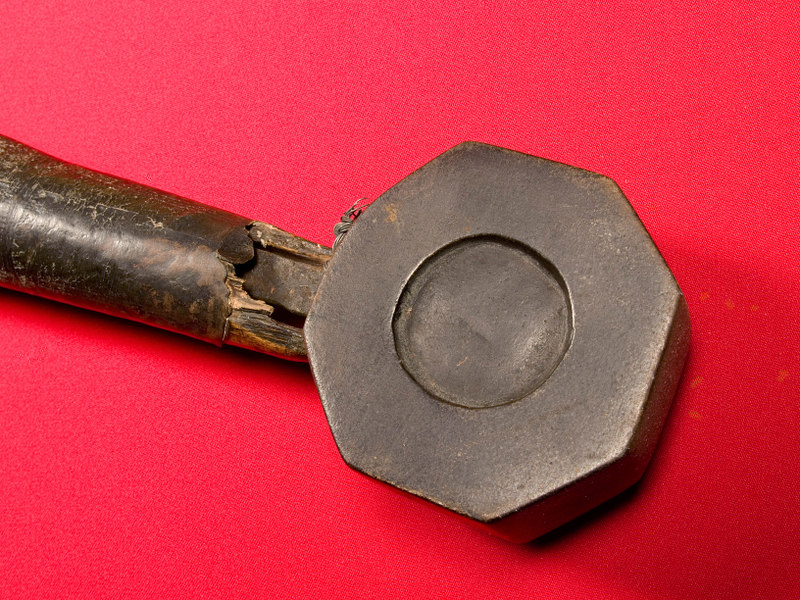
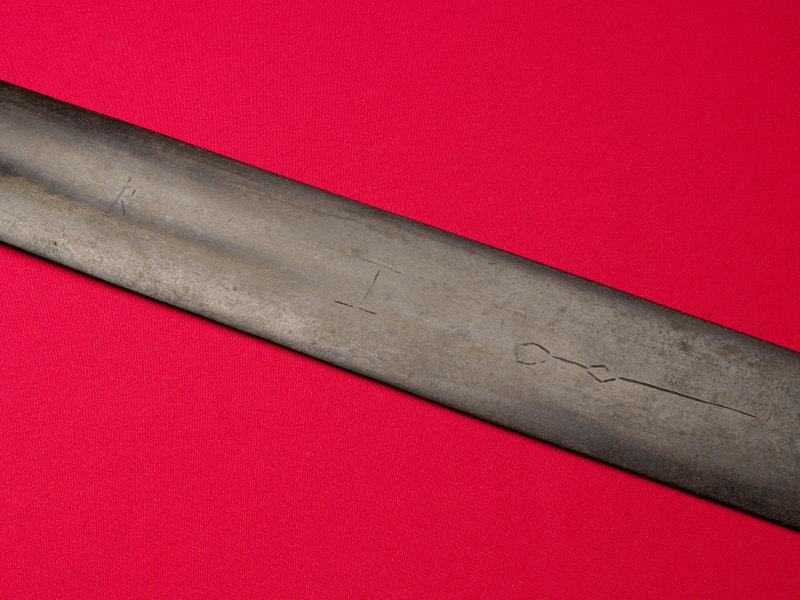
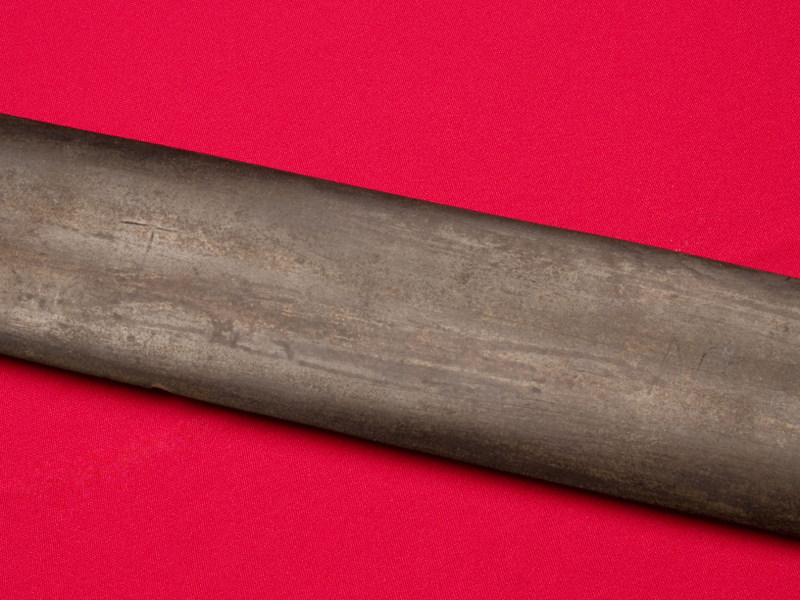
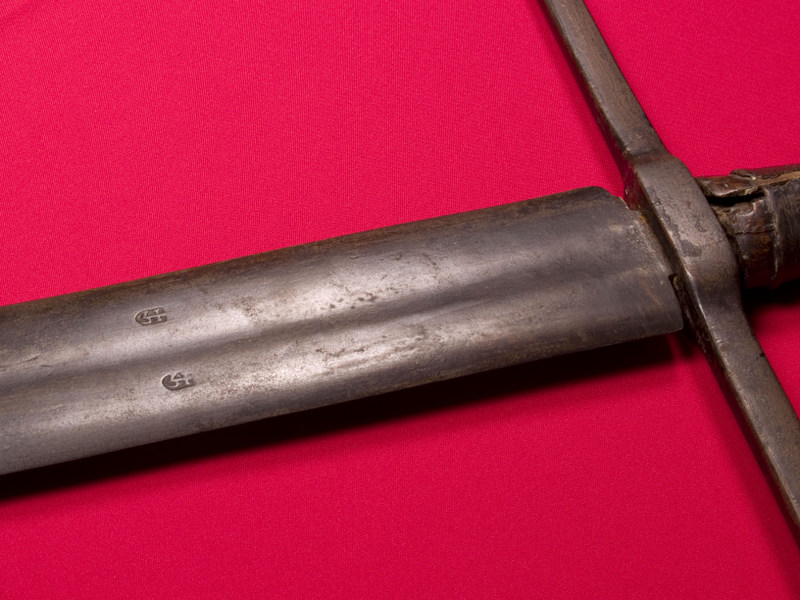
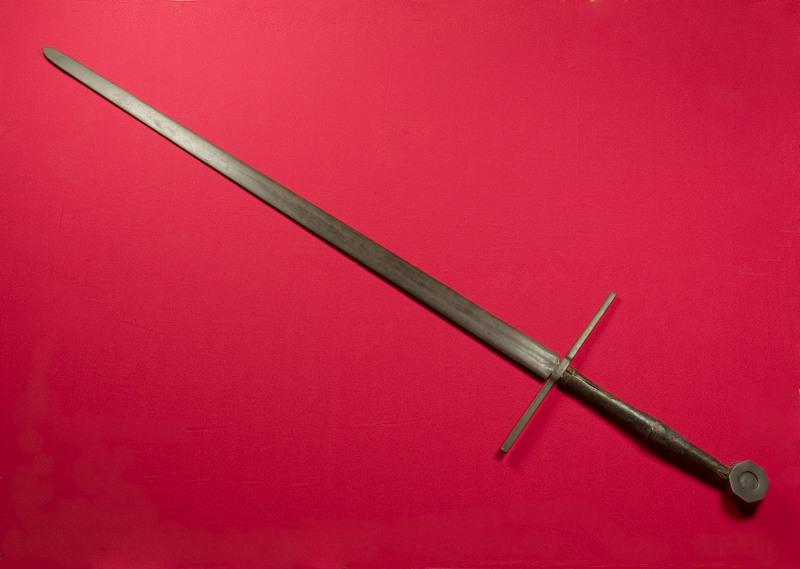
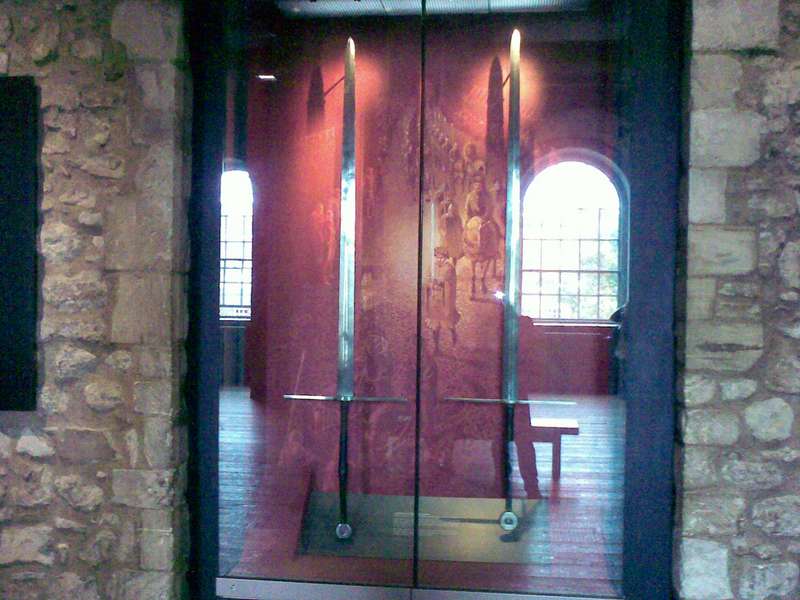
Hi Jasper,
I've found him on Wikipedia, and many thanks for those superb detailed photos. I agree there are considerable similarities with the two massive bearing swords in the Tower of London (IX.1024 & 1025) which are usually dated to Henry IV or Henry V, ie. early 15th century. Best wishes.
Neil
I've found him on Wikipedia, and many thanks for those superb detailed photos. I agree there are considerable similarities with the two massive bearing swords in the Tower of London (IX.1024 & 1025) which are usually dated to Henry IV or Henry V, ie. early 15th century. Best wishes.
Neil
Page 1 of 1
You cannot post new topics in this forumYou cannot reply to topics in this forum
You cannot edit your posts in this forum
You cannot delete your posts in this forum
You cannot vote in polls in this forum
You cannot attach files in this forum
You can download files in this forum
All contents © Copyright 2003-2006 myArmoury.com — All rights reserved
Discussion forums powered by phpBB © The phpBB Group
Switch to the Full-featured Version of the forum
Discussion forums powered by phpBB © The phpBB Group
Switch to the Full-featured Version of the forum